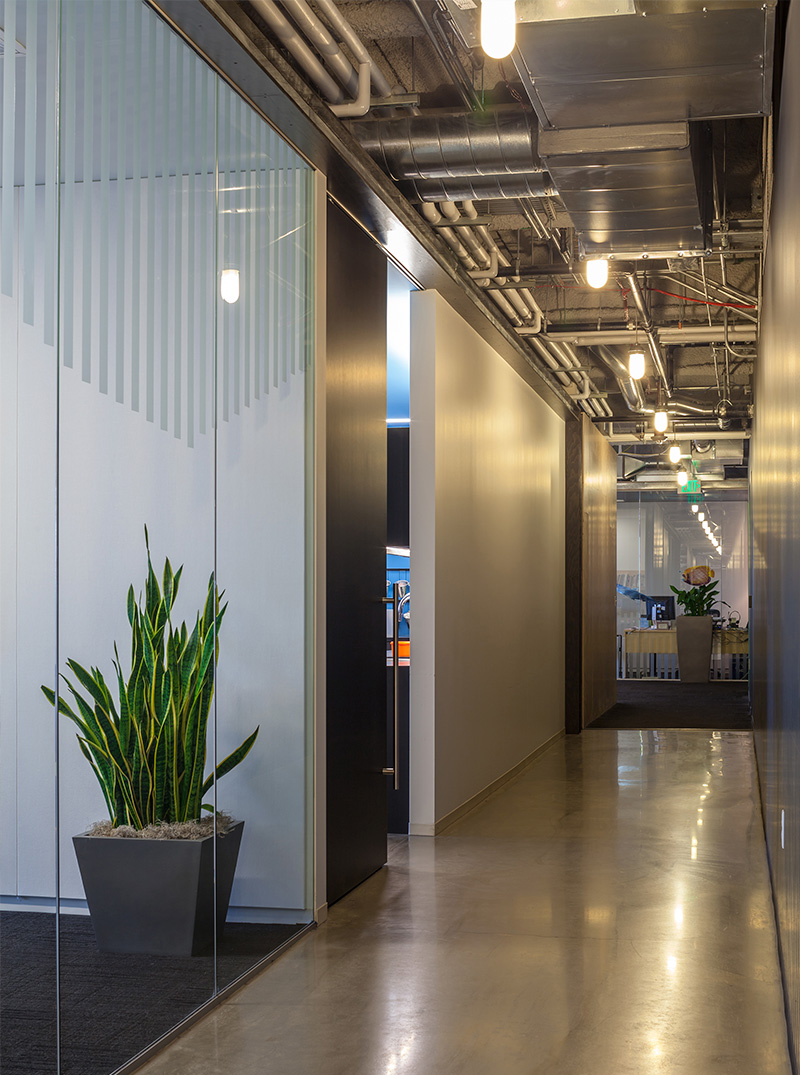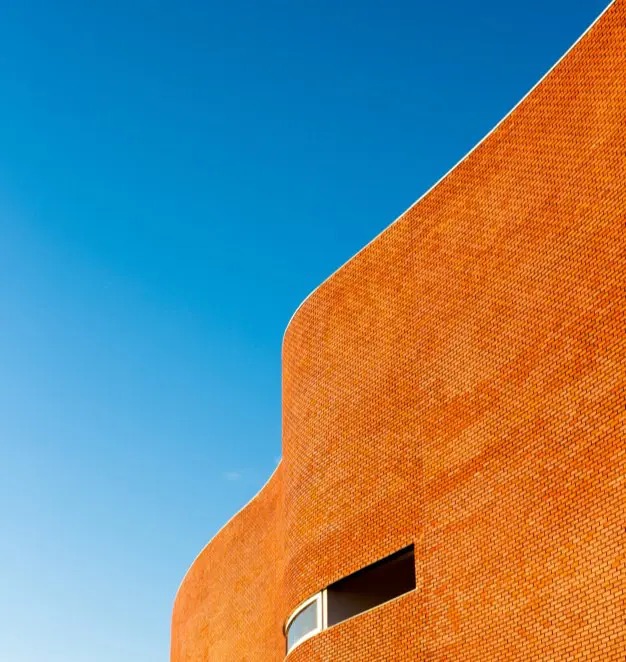Today, we’re going to explain the four primary pillars of CPTED (Crime Prevention Through Environmental Design): Natural Surveillance, Territorial Reinforcement, Access Control, and Maintenance.
In this article, we’ll uncover the definition of each pillar, understanding how they work together to create safer and more secure environments:
- Natural Surveillance: The Watchful Eyes
- Territorial Reinforcement: Marking Your Territory
- Access Control: The Gatekeepers
- Maintenance: The Caretakers
Natural Surveillance: The Watchful Eyes
Have you ever noticed how certain spaces make you feel safer just by being there? That’s the power of natural surveillance. It’s like having a whole community acting as a neighborhood watch, with “capable guardians” keeping an eye out for any suspicious behavior. Natural surveillance relies on the presence of selected people (given a surveillance role) and their ability to observe and report. CPTED involves designing spaces in a way that maximizes visibility, enabling oversight and encouraging community engagement.
In a well-designed environment, individuals can easily see and be seen. This can be achieved through various strategies, such as placing windows and doors in strategic locations, ensuring well-lit public areas, and removing physical barriers that obstruct visibility. When potential wrongdoer knows they are being watched, they are less likely to engage in illicit activities. It’s like shining a spotlight on crime by creating deterrence.
Territorial Reinforcement: Marking Your Territory
Have you ever entered a space, with a strong sense of place, and immediately felt a sense of ownership or belonging? That’s the mark of territorial reinforcement. It’s like an unspoken agreement between the environment and its inhabitants that communicates, “This place is ours, and we protect it.” Establishing clear boundaries and marking spaces as private (or public) is a fundamental aspect of territorial reinforcement.
Territorial reinforcement can take many forms, ranging from landscaping and signage to architectural features. For example, well-defined entrances and well-maintained pathways communicate that a space is intended for, and encouraging to, public use. Fences, gates, and clear property lines signal that an area is private (has clearly defined limits) and not open to unauthorized individuals. By creating a sense of ownership and identity within a space, we deter potential wrongdoers from trespassing or engaging in criminal activities.
Access Control: The Gatekeepers
Imagine a fortress, or castle, with moats, drawbridges, and guards diligently monitoring who enters and exits. Access Control is the castle’s fortified entrance equivalent in crime prevention. It’s the art of regulating who can access a space and when. By carefully controlling entry points, we can minimize unauthorized access and create a stronger defense against criminal activity.
Access control measures can range from simple mechanisms like locks and keys to advanced technologies like keycards and biometric portal/scanning systems. For example, in a residential building, keycards may be required to enter the premises, ensuring that only residents and authorized personnel can access the building. Similarly, secure locks on doors and windows prevent easy entry for potential intruders. By implementing these measures, we restrict access to only those who have legitimate reasons to be in a given space. This significantly reduces the opportunity for criminal acts to occur.
In addition, sanctioned users/ residents can be trained to deny others [without visible access designations/instruments], to “piggyback” and gain access to secure facility entry points. Access control goes beyond physical barriers which involves establishing protocols and procedures for granting access to restricted areas. For instance, an organization may have visitor sign-in procedures or require identification verification before granting entry to certain sections. By implementing these gatekeeping measures, we establish a system that allows for authorized access while deterring unauthorized individuals from entering sensitive areas.
Maintenance: The Caretakers
Picture a beautiful garden that gradually transforms into a neglected and overgrown mess. Now imagine that same garden being regularly tended to, with weeds pulled, flowers watered, and pathways kept clear. The difference is striking, isn’t it? Maintenance plays a crucial role in crime prevention by sending a powerful message that a space is cared for and actively monitored.
Regular maintenance activities (through continued involvement) contribute to the overall safety and security of an environment. Repairing broken infrastructure, such as fences or lighting fixtures, ensures that potential vulnerabilities are addressed promptly. Prompt graffiti removal not only improves the aesthetic appeal but also discourages criminal activity and the perception that an area is neglected. Adequate lighting in public spaces reduces hiding spots for criminals and increases visibility for natural surveillance.
Moreover, a well-maintained environment fosters a sense of community pride and ownership. When residents and users of a space witness its cleanliness and upkeep, they are more likely to take an active role in its protection. It becomes a collective effort to maintain the safety and security of the area, effectively deterring criminal behavior.
Conclusion
These are the four primary pillars of CPTED: Natural Surveillance, Territorial Reinforcement, Access Control, and Maintenance. Each of these pillars plays a vital role in effective crime prevention, and when implemented together, they create a robust and secure environment.
Natural Surveillance harnesses the power of watchful eyes, while Territorial Reinforcement establishes clear boundaries and a sense of ownership. Access Control acts as the gatekeeper, regulating entry and minimizing unauthorized access. Finally, Maintenance ensures that spaces are well-kept and actively monitored, discouraging criminal behavior and promoting community involvement.
Remember, the power lies within us (Owners, Managers, Designers and Occupants) to design and shape our surroundings in ways that discourage criminal activity. By incorporating these four pillars into our environment, we can create communities that thrive and keep crime at bay. Let’s work together to create a safer world, one design decision and one proactive measure at a time.





